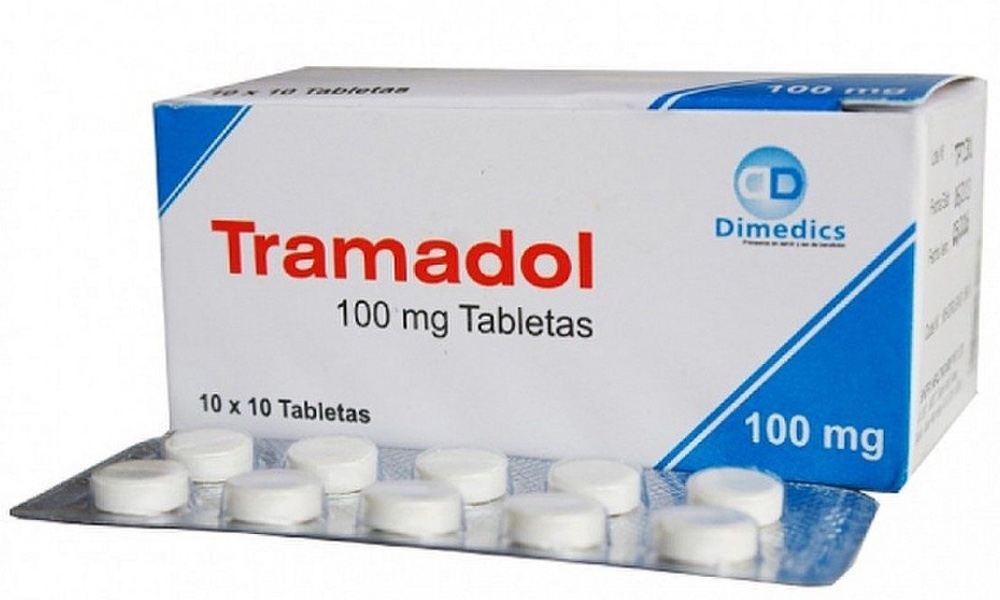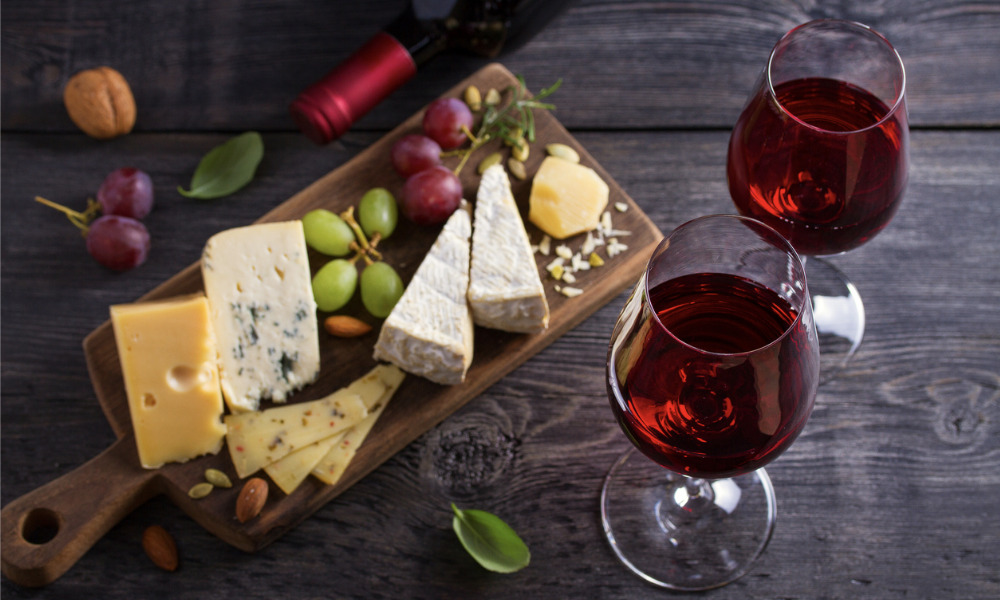Parents have become conditioned to the idea that kids won’t eat certain foods, so many don’t even try to introduce their kids to the healthy stuff. As discussed in Part One of this two-part series, parents tend to fall into an ultra-processed “kids’ food” trap, giving their children easy-to-eat processed foods full of added sugar and fats.
But think how much better your children’s diets would be if they never became familiar with the highly salty, sweet and palatable world of ultra-processed foods, or at least not before getting used to unprocessed foods.
Keep trying. Repeated exposure will make unfamiliar foods familiar and increase the likelihood that your little one will become accustomed to them.
There is no right first food to give your baby, but iron-enriched infant cereal is a good place to start. Limit the amount of rice cereal you feed your little one because it — and many other commercial baby foods — often contain heavy metals like lead, cadmium and mercury, as a Congressional report published in 2021 shows. Rice was consistently at or near the top of every list of dangerous foods reviewed in the investigation that led up to the report.
Infant barley and oat cereals are fine for a six-month-old, but the texture can progress as your baby develops. Whole grain, ready-to-eat cereals, like Cheerios, are great finger foods when babies learn to grasp. Bite size pieces of whole grain pasta, breads and crackers can be introduced as developmentally appropriate for your baby.
Commercial, single-serve baby foods are convenient and portable, but they are not really necessary. In addition to concerns over the presence of toxic heavy metals, commercial baby food is expensive, may contain preservatives, and nutrients can be lost during processing.
Meat and fish can be introduced early, pureed with a bit of breastmilk or formula, minced, shredded, chopped or cut into small pieces, progressing the texture as appropriate for your baby’s age. Pureed or mashed beans are another great source of protein.
Learning to like a variety of fruits and vegetables early in life is key to a healthy diet throughout life. Pureed fruits and vegetables can be frozen in ice cube trays, making perfect portion sizes when they are thawed. As your baby gets older, grate, mash or chop fruits and vegetables and go beyond the usual green beans, peas, apples, pears and bananas.Research shows that the first year of a child’s life, especially as they transition from breastfeeding to solid foods, is the critical time for establishing healthy eating habits.
Making your own baby food is time-consuming and not every parent has that kind of time to devote to it. More realistically, mashing or pureeing a combination of homemade foods you are already serving at home and using jarred food when you are on the go may be the best compromise. Try to avoid commercial baby food products that mix fruits and vegetables since they are usually mostly fruit and don’t truly introduce babies to the taste of vegetables.
Early exposure to a variety of foods helps children avoid the sensitivities that contribute to food allergies. Gradual exposure is also used to reduce allergic reactions in kids with food allergies. Eggs and other possible allergens such as peanuts and shellfish can be introduced beginning at the age of six months. Scrambled eggs or diced boiled eggs can become finger foods when your baby is developmentally ready for the texture. While peanuts are a choking hazard for babies, a little peanut butter mashed with banana can safely be offered by the age of eight months.
As babies grow into toddlers, all foods can be cut into small pieces and served as finger foods as your child’s development dictates. For example, offer pieces of kiwi, strawberry, melons, or small whole blueberries to encourage fruit intake. Give your baby small pieces of cooked vegetables, like carrots, and tender, peeled vegetables, such as raw cucumber. Over time, progress to other vegetables such as steamed broccoli, cauliflower, squash and zucchini. Offer the same fruits and vegetables often. Repeated exposure will make unfamiliar foods familiar and increase the likelihood that your little one will become accustomed to them.Rice was consistently at or near the top of every list of dangerous foods reviewed in a Congressional report on toxic heavy metals present in many commercial baby foods.
School-age children’s vegetable preferences are associated with their mothers’ vegetable preferences, a University of Tennessee study found. Early exposure to fruits also predicted a child’s fruit preferences. So, Mom, if you eat a variety of vegetables and offer your child a variety of fruit early in life, your child will be more likely to become a fruit and veggie eater.
In addition to introducing all these yummy foods to your little one, you also want to avoid foods such as French fries, chicken nuggets, hotdogs, burgers, mac and cheese. Sweets, desserts and sweetened beverages, including fruit juice, should also be avoided.
It’s not that difficult to shun these foods, and you do not have to do so forever. These foods can be introduced as once-in-a-while foods after your child has established a taste for healthy foods. In the long run, having a child who eats fruits and vegetables and a wide range of food colors and textures will make your life easier, not harder.
As kids get older, age-appropriate cooking activities and helping to grow food in the garden or community plot can both support the value of healthy eating. Kids are often more willing to eat foods they help grow and cook.
Use these strategies and before you know it, you’ll have a child who will gladly accept meat, fish, eggs, beans, fruits, vegetables, and whole grain pasta and breads as real food, having never (or rarely) been fed the ultra-processed kids’ foods that are more tummy fillers than nutritious. By making sure you promote early on children foods that offer real nutrition and sticking with it, you will be giving them a good start on a healthier life.





